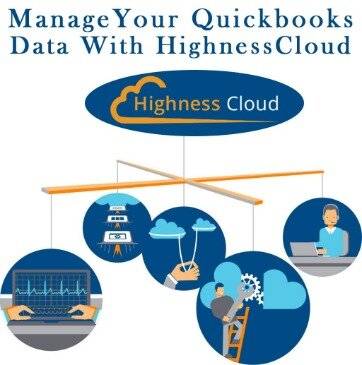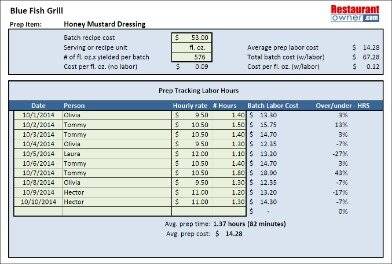Content
- Accrual Accounting Methodology
- Cash-Basis Income Statement
- Accrued Expenses and Accounts Payable
- Accrual-Based (GAAP) Accounting and Its importance for Tech Companies
- Accrual Accounting Definition (U.S. GAAP)
- Acquiring a Business vs. Assets: Accounting Complexities Explained
- The Difference Between Revenue on an Income Statement and Deferred Revenue on a Cash Flow Statement


Your Why Does Gaap Require Accrual Basis Accounting?ant may require financial statements that are based on generally accepted accounting principles . While a sole proprietorship can get away with using the cash based accounting method, as your business grows it may be time to make the jump to accrual concepts. In addition, accrual-basis entities report several asset and liability accounts that are generally absent on a cash-basis balance sheet. Examples include prepaid expenses, accounts receivable, accounts payable, work in progress, accrued expenses and deferred taxes.


GAAP is required for public company accounts that are filed with the Securities and Exchange Commission . Non-listed companies may choose to follow GAAP if they require financing or if their accounts are scrutinized by a third party, for example, they are required to be audited. Smaller enterprises may choose to use cash accounting as their accounts are not used externally or by third parties.
Accrual Accounting Methodology
An accrued revenue is the amount that is yet to be received by the company. From the accounting perspective, accrued revenues are recorded in the current assets of the balance sheet. Understanding key areas of impact, developing a plan to address them, and building sustainable processes going forward are critical factors when executing an effective transition. Management should also consider the need to streamline and automate accounting processes through the implementation of new technology, including reconciliation, financial statement, and general ledger software.
However, because the cash method doesn’t let you recognize your income until you receive it, it’s difficult to plan future income that may or may not be coming your way. This makes it easy to slip up and lose track of things like settling your accounts receivable or recognizing interest income, and these oversights can add up. Because timing is unpredictable you’ll have limited foresight into what that paycheck will be or when your bills will be deducted. In cash-basis accounting, the main difference is that the cash value shown on the balance sheet represents the actual amount of cash in the company’s bank account. The benefit of cash basis accounting is that it tracks the amount of cash a company truly has on hand at any given moment.
Cash-Basis Income Statement
Because he could record the sales before the cash hit his accounts, he could figure out his gross margins more clearly. There is a widely used style of accounting known as hybrid accounting or modified cash-basis accounting that combines aspects from both cash and accrual accounting. It should be noted, however, that many hybrid accounting methods are not consistent with the Generally Accepted Accounting Principles and may not be accepted by government entities for taxes and audits. Knowing it is accrual-based accounting, we can extrapolate from the above statement a clearer picture of what occurred only during the reported month.


This way you can put revenue into the correct period and accrue for any expenses that occurred in that period that might not have been paid. For payroll, vacation or employee benefits that accumulate between payroll cycles, the company recognizes each expense during the period it applies to, even though it pays the expense later. Payroll — Of the $700 payment on April 3, $650 related to the prior month. Investopedia requires writers to use primary sources to support their work.
Accrued Expenses and Accounts Payable
Due to the high accuracy of financial statements, companies can make predictions about the cash flow for a period of time, mainly monthly or quarterly. Based on these assumptions, they can plan their future course of action. Accrued salaries & wages and payroll taxes are short-term liabilities. The time gap between incurring the expenses when work is performed and the related obligation to pay employees is less than one year . Unpaid payroll and payroll taxes are accrued as of the end of each accounting period. The cash-basis method mirrors cash flow, whereas a separate indirect or direct cash flow statement must be prepared by companies following GAAP, through their accounting system, using accrual-basis accounting.
